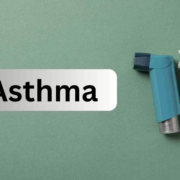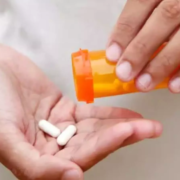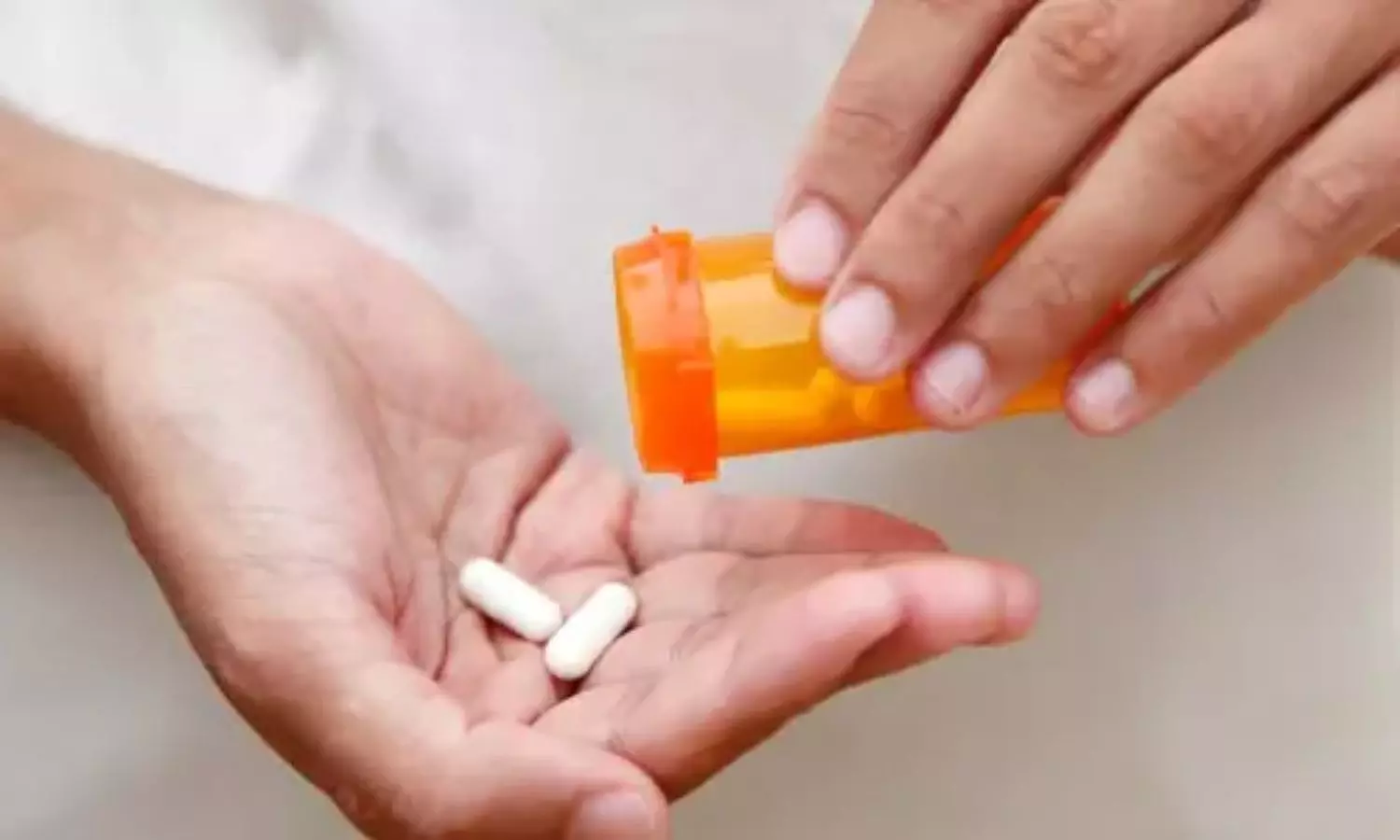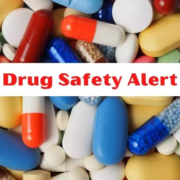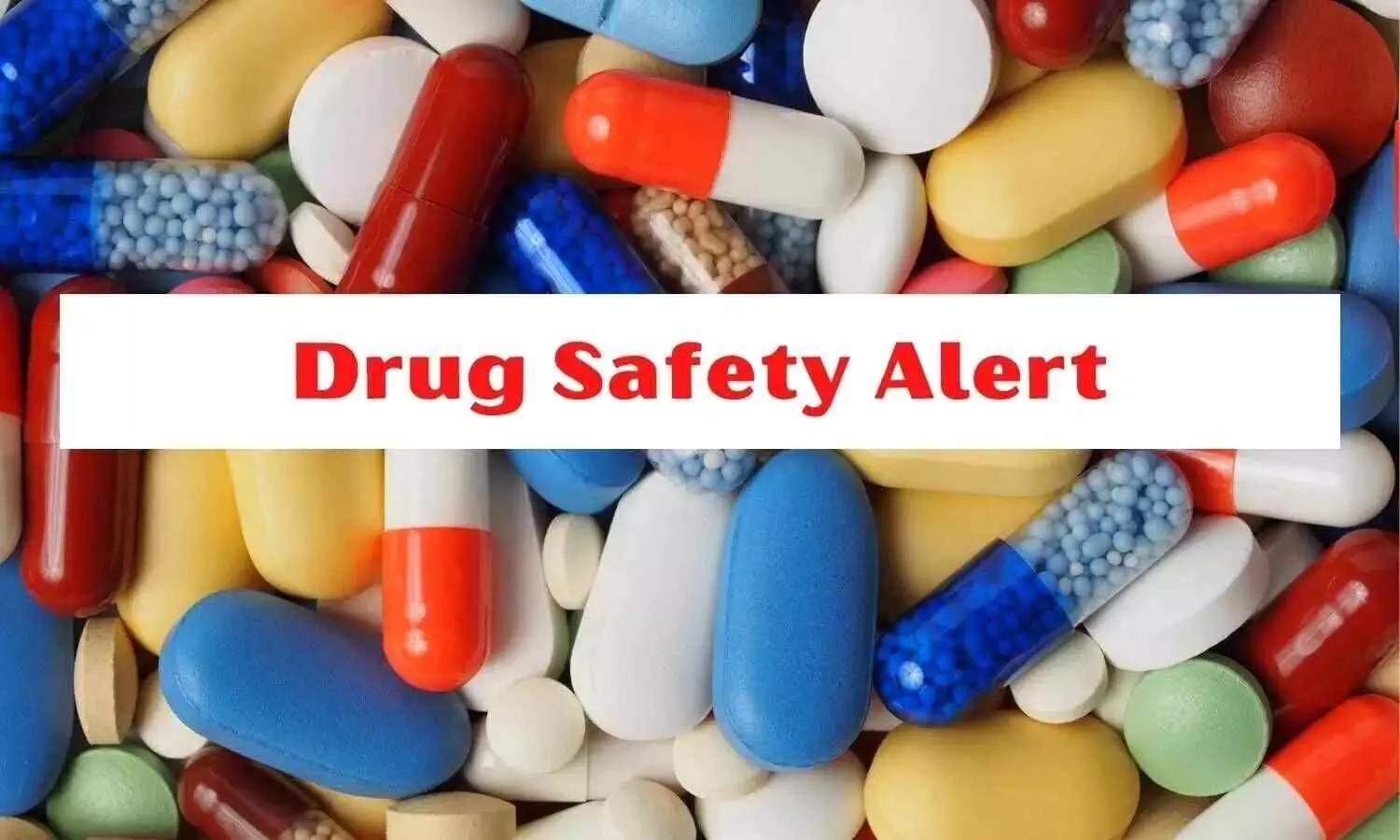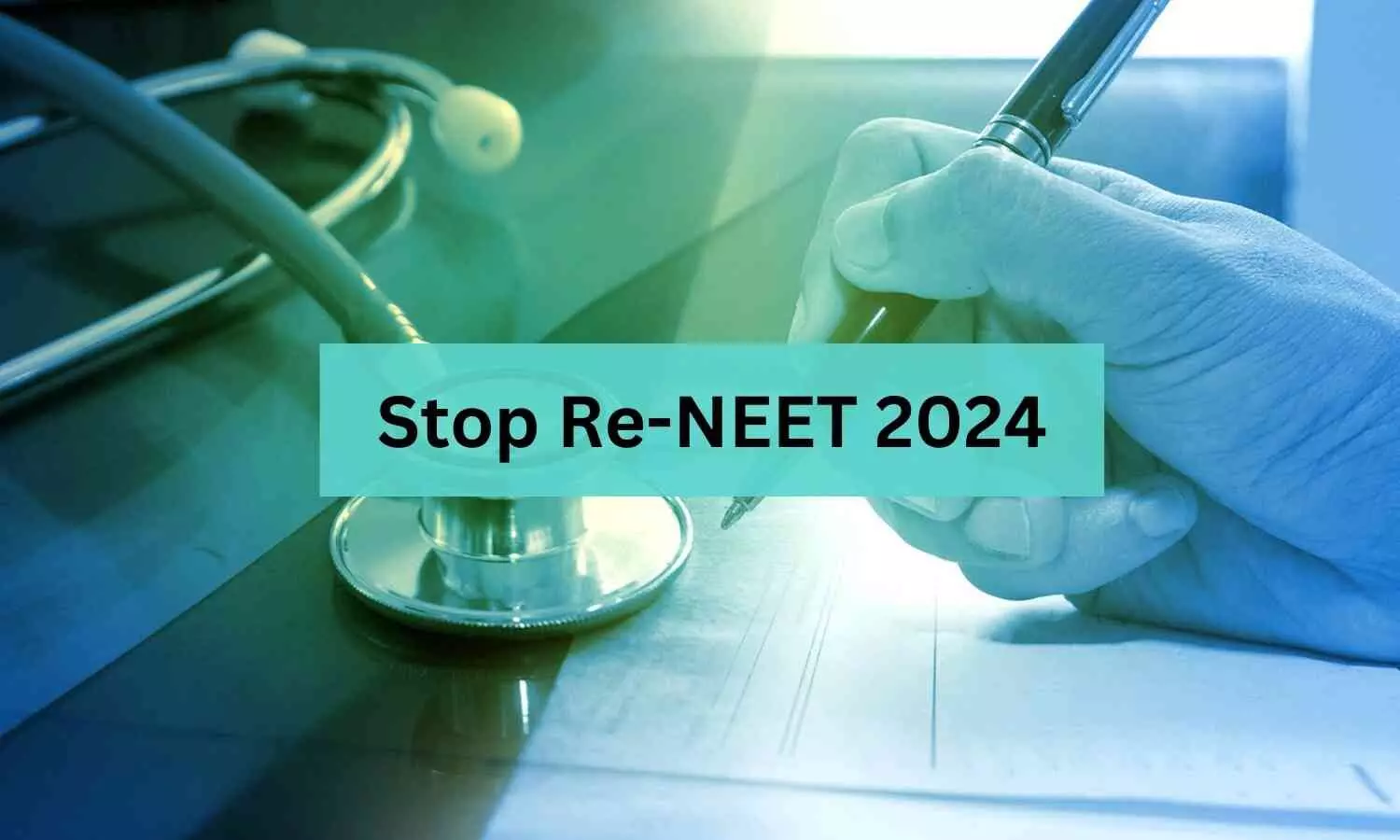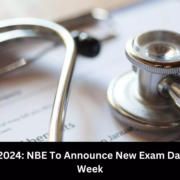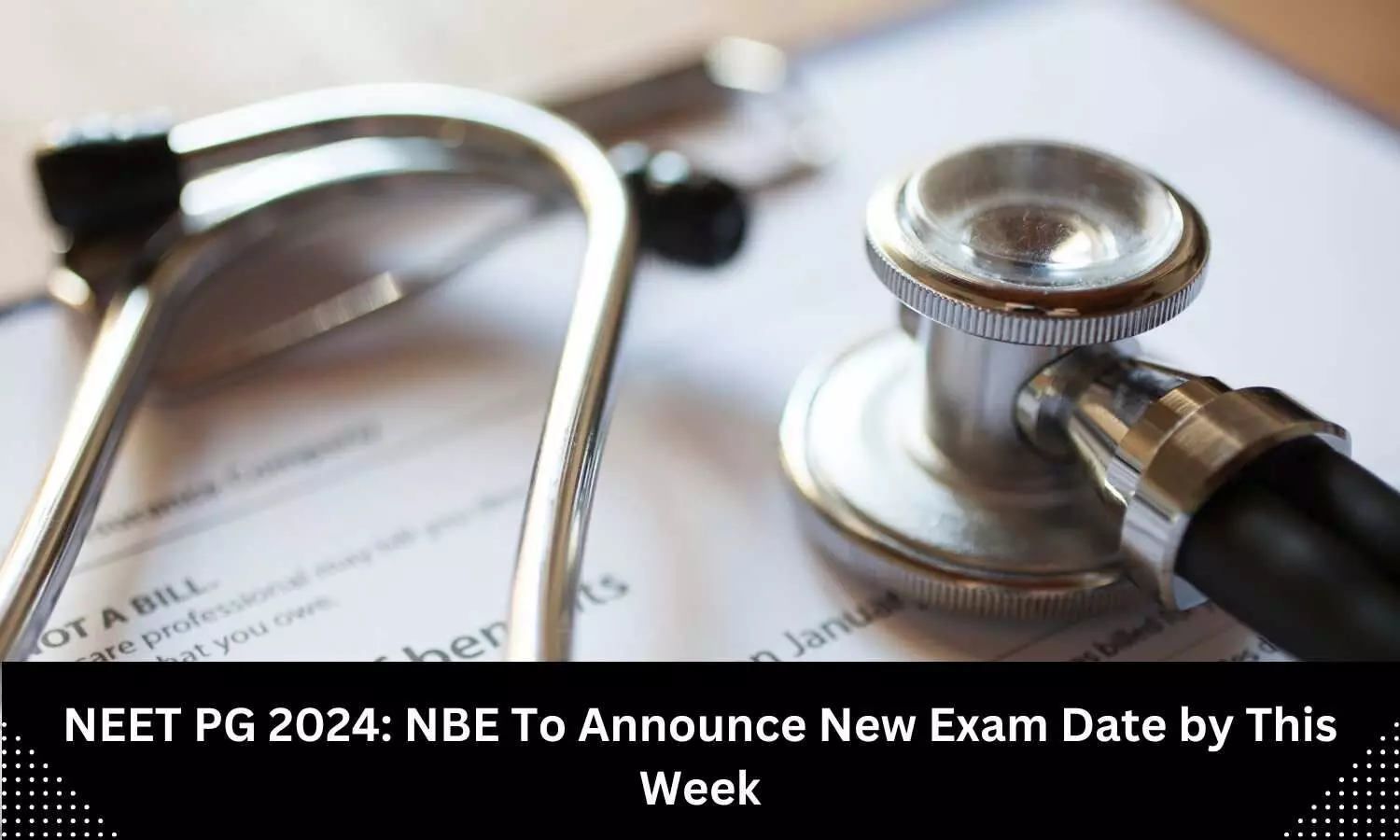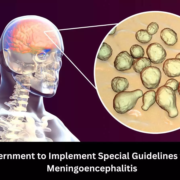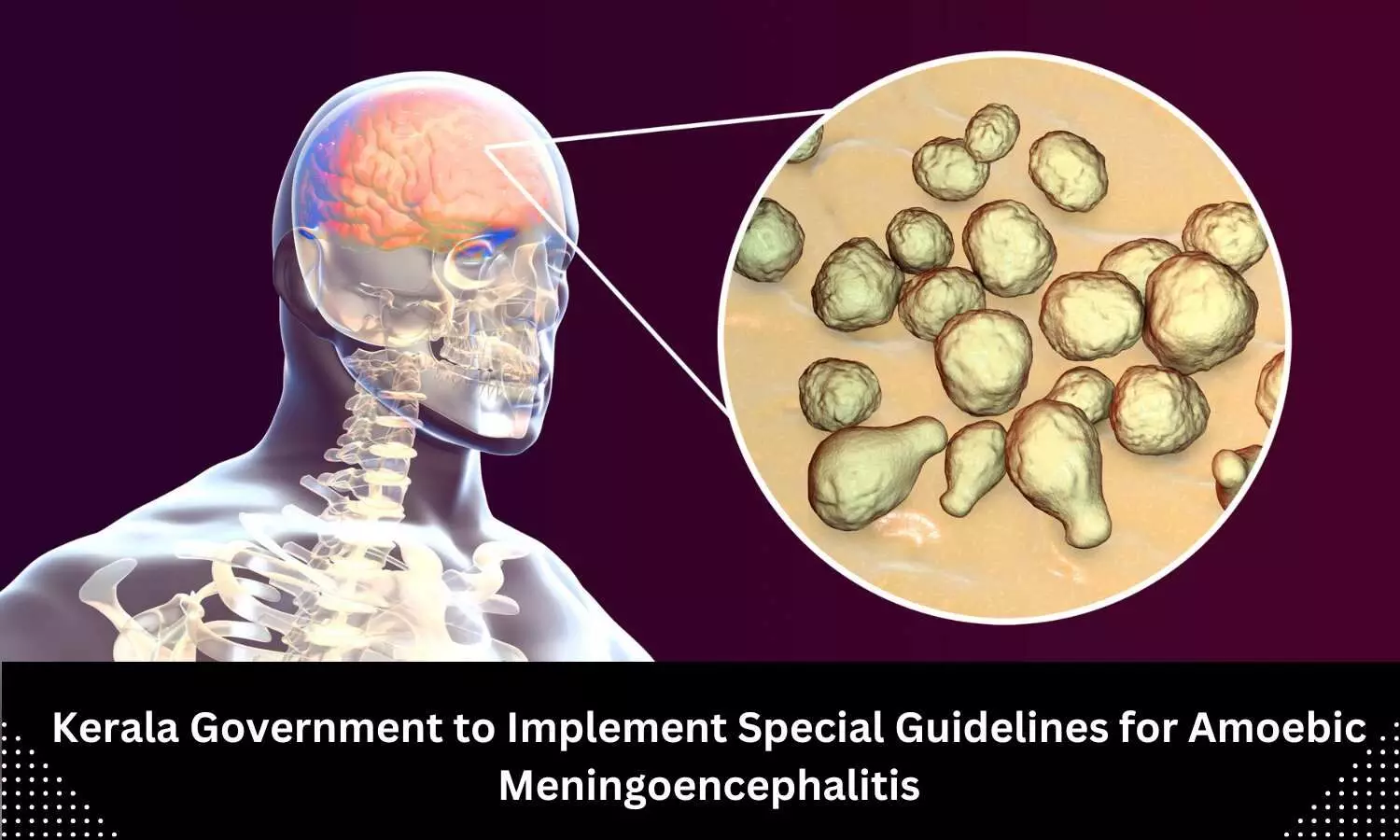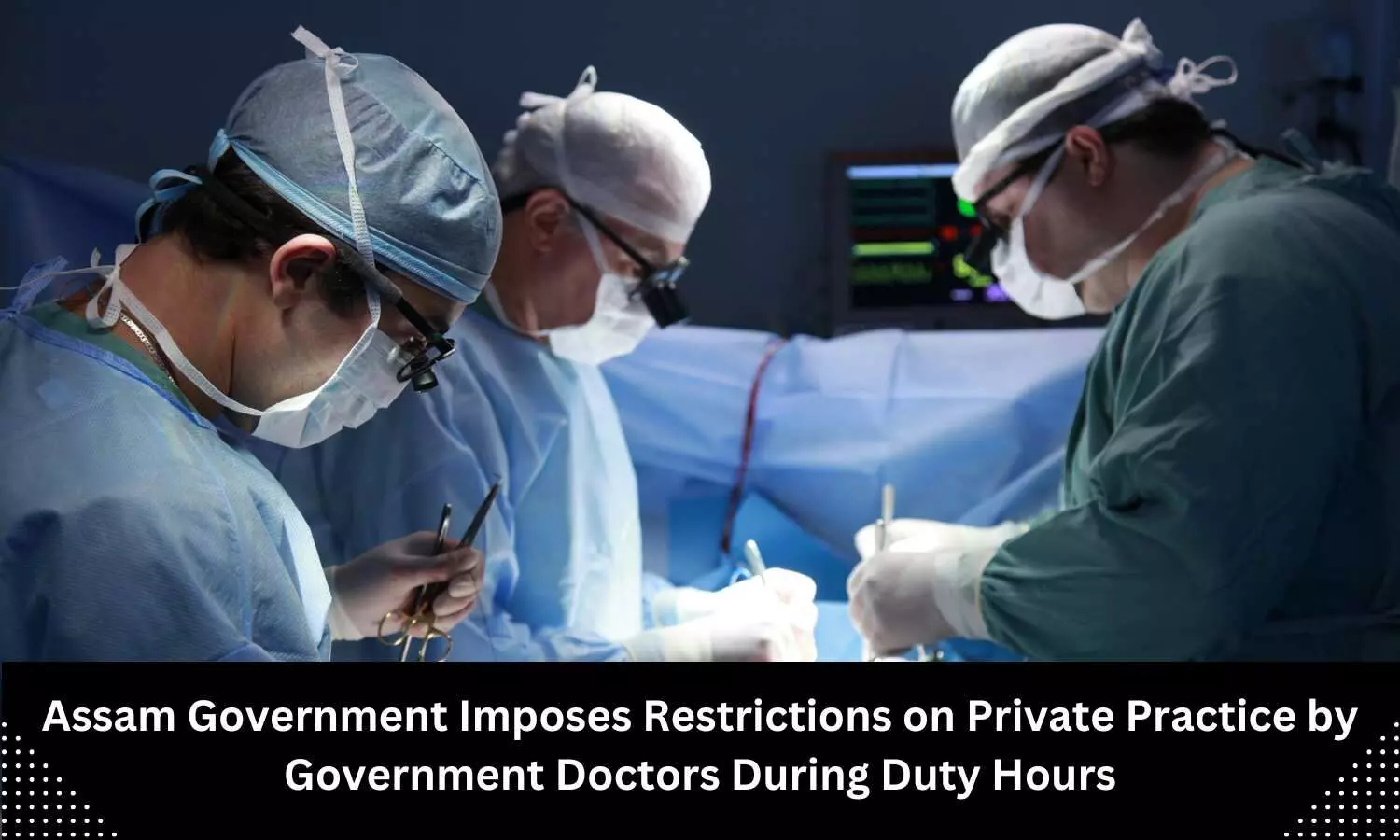Exercise Intensity in Asthma Therapy: Both Moderate and Vigorous Workouts Show Benefits in new research

Researchers have found that both moderate- and vigorous-intensity aerobic exercise can improve asthma outcomes, suggesting these exercise regimens as effective adjunct therapies for asthma management. A recent randomized controlled trial aimed to compare the effects of these different exercise intensities on asthma-related quality of life, asthma control, cardiorespiratory fitness, body composition, and inflammation. This study was published in The Journal Of Allergy and Clinical Immunology by Sarah R. and colleagues.
The therapeutic benefits of exercise in asthma care have led to calls for its integration into standard treatment protocols. However, the optimal exercise intensity for maximizing these benefits remains unclear. This study was designed to fill this gap by evaluating the differential impacts of moderate- and vigorous-intensity exercise on key asthma outcomes.
This 12-week randomized controlled trial involved 46 adults with asthma, divided into three groups:
-
Moderate-intensity exercise training (45 minutes, three times per week).
-
Vigorous-intensity exercise training (30 minutes, three times per week).
-
Control group (no specified exercise regimen).
Participants’ asthma-related quality of life (AQLQ), asthma control (ACQ), cardiorespiratory fitness, body composition, and markers of airway and systemic inflammation were assessed before and after the intervention.
-
Out of the initial 46 participants, 41 completed the study, achieving an 89% retention rate.
-
Significant clinical improvement [0.63 (0.33 to 0.93), p<0.001] relative to the control group.
-
Significant clinical improvement [-0.51 (-0.83 to -0.19), p=0.003] relative to the control group.
-
Reduction in sputum macrophage count [-1341 (-2491 to -191)×10^4/mL, p=0.024] and lymphocyte count [-114 (-220 to -8)×10^4/mL, p=0.036] relative to the control group.
-
Reduction in android fat mass was associated with improved AQLQ (rs=-0.341, p=0.030) and reduced sputum IL-6 (rs=0.422, p=0.013).
Vigorous-Intensity Exercise:
-
Statistically significant improvement [0.46 (0.14 to 0.80), p=0.007] relative to the control group, though not clinically significant.
-
Statistically significant improvement [-0.36 (-0.69 to -0.02), p=0.040] relative to the control group.
The study indicates that both moderate- and vigorous-intensity aerobic exercise can enhance clinical asthma outcomes. Moderate-intensity exercise demonstrated more substantial and clinically significant improvements in both asthma-related quality of life and asthma control, along with reductions in inflammatory markers. The vigorous-intensity exercise also showed beneficial effects, though to a lesser degree.
These findings support the incorporation of both moderate- and vigorous-intensity aerobic exercise into asthma care regimens. By providing patients with flexible exercise options, healthcare providers can tailor interventions to individual preferences and capabilities, potentially improving adherence and overall asthma management.
Reference:
Valkenborghs, S. R., Wood, L. G., Callister, R., Upham, J. W., Grainge, C. L., Anderson, S., Williams, L. M., McLoughlin, R. F., Williams, E. J., & Scott, H. A. (2024). Effects of moderate- versus vigorous-intensity exercise training on asthma outcomes in adults. The Journal of Allergy and Clinical Immunology in Practice. https://doi.org/10.1016/j.jaip.2024.06.015
Powered by WPeMatico

